BE SURE to report property damage to your insurance agent immediately after a severe weather event or natural disaster and make temporary repairs to prevent further damage.
The key to preventing damage is to predict circumstances that could result in tree damage and take action to correct potential problems before storms strike. Look at the form of the tree, any decay that may be present (and the extent of the decay, if present), maintenance practices involving the tree, the presence of stem girdling roots, and existing site problems. Good pruning can prevent many problems. Prompt removal of diseased, damaged, or dead plant parts helps limit the spread of harmful insects and disease, as well as reduce the possibility of storm damage. By keeping track of trees on your property and their condition, predicting storm failure is much easier. Create a list of "key trees and key problems." Key trees would be those that are most important to the property. Key problems would be those that are most likely to damage or weaken those key trees.
These potential problems are easy to spot:
- Cracks in the trunk or major limbs
- Hollow and decayed trees
- Trees that look one-sided or lean significantly
- Branches hanging over the house near the roof
- Limbs in contact with power lines
- Mushrooms growing from the bark, indicating a decayed or weakened stem
- V-shaped forks rather than U-shaped ones. V- shaped are more likely to split
- Crossing branches that run or interfere with one other
- Cartwright Tree Care can make sure your trees are prepared before a storm
After the storm.... Tree Recovery for Homeowner.
Assess the damage and act accordingly.
The Keepers
If damage is relatively slight, prune any broken branches, repair torn bark or roughedges around wounds, and let the tree begin the process of wound repair.
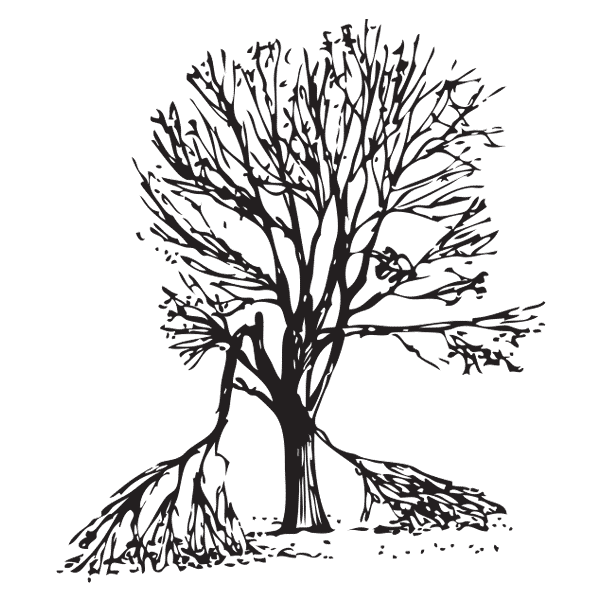
Minor Damage
Although the tree has been damaged, enough strong limbs may remain on a basically healthy tree to make saving it possible.
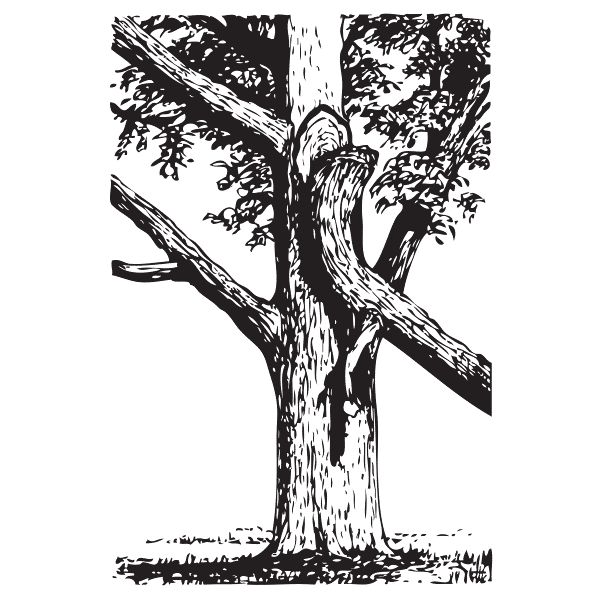
An Easy Call
A mature shade tree can usually survive the loss of one major limb. The broken branch should be pruned back to the trunk.
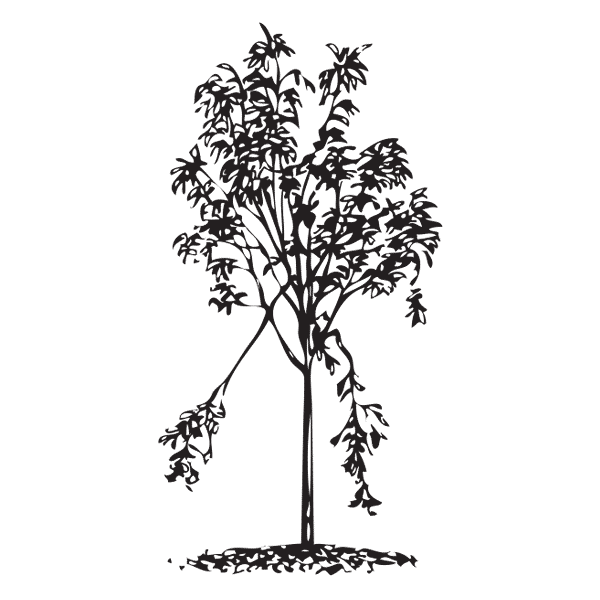
Too Young to Die
Young trees recover quickly. If the leader and structure for branching is intact, remove the broken branches so the tree can recover.
Wait and See
If a tree appears to be a borderline case, don’t simply cut it down. It’s best to give the tree some time. A final decision can be made later.
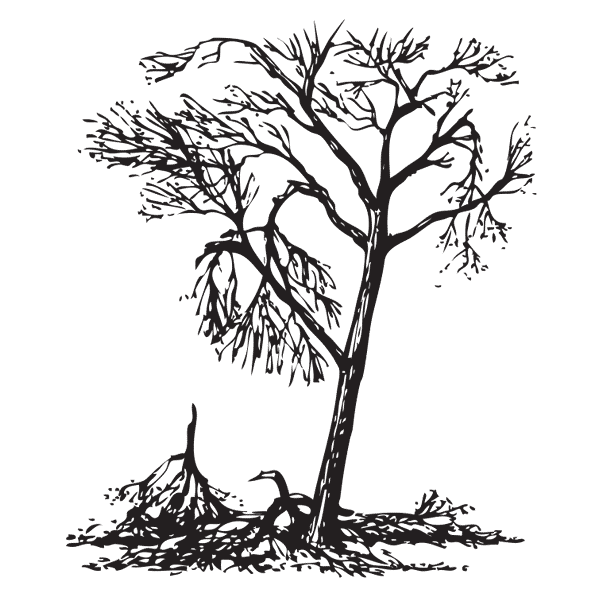
Easy Does It
Resist the temptation to prune too heavily. The tree will need all the foliage it can produce in order to manufacture the food needed to get through to the next growing season.
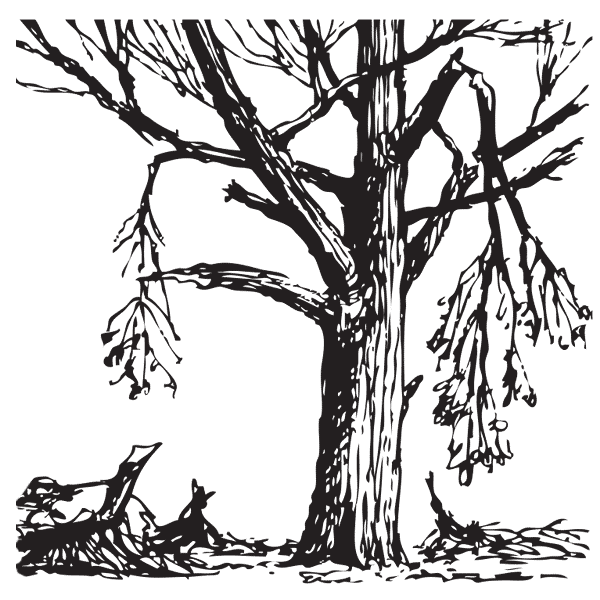
Hold Off
A healthy, mature tree can recover even when several major limbs are damaged. A professional arborist should assess damage on a borderline tree to safely remove branches.
Say Goodbye
Some trees simply can’t be saved or are not worth saving. If the tree has already been weakened by disease, if the trunk is split, or more than 50 percent of the crown is gone, the tree has lost its survival edge.
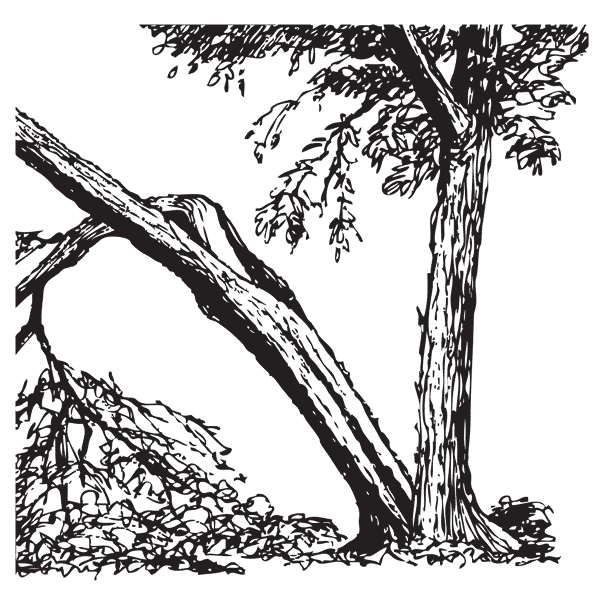
Farewell to a Friend
A rotten inner core in the trunk or structural weakness in branching patterns can cause a split trunk. The wounds are too large to ever mend.
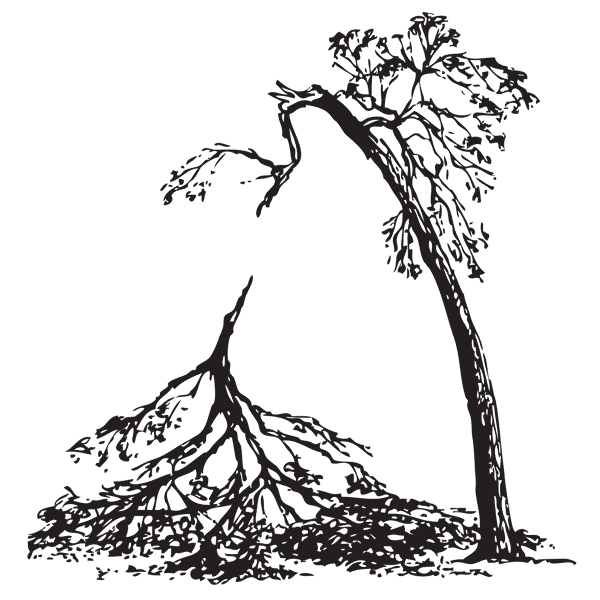
Hopeless Case
All that’s left is the trunk. The few remaining branches can’t provide enough foliage to enable the tree to survive through another growing season.
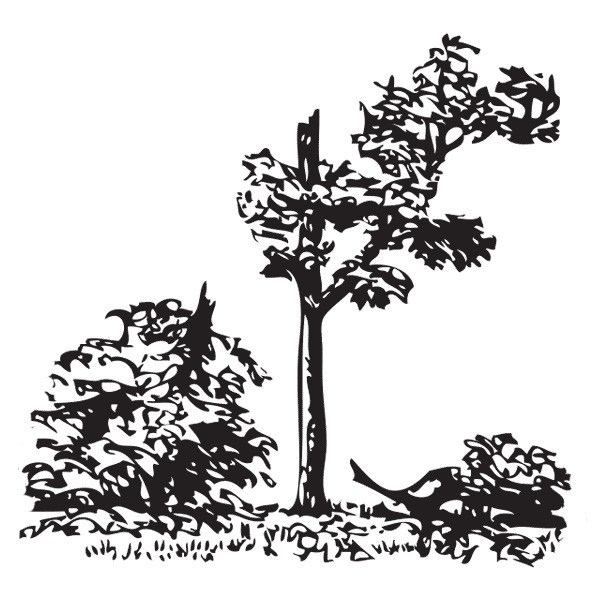
Tree Tragedy
This tree has lost too much of its leafy crown. It probably won’t grow enough new branches and leaves to provide nourishment and regain its former beautiful shape.
https://www.arborday.org/media/stormrecovery/for-homeowners.cfm

